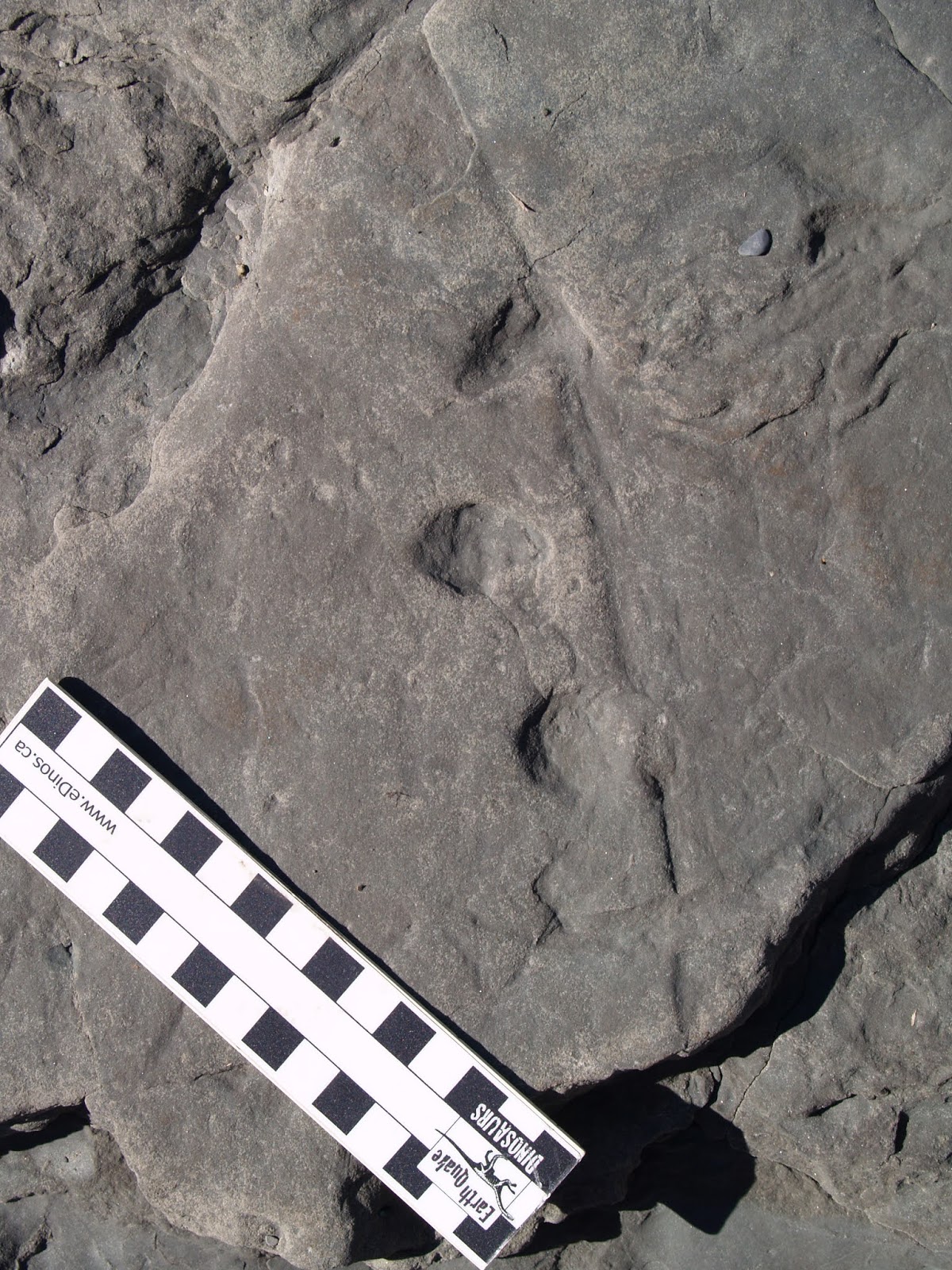Clifton, New Brunswick (July 5th, 2017)
Good morning to all. I'm sure a whole lot of you are starting to feel the tug to go out, but in these strange times is proving to be difficult due to the circumstances. With being at home gave me a bit more time to work on side projects and catch up on my blog. Thus, in the spirit of being stuck home, I'll be posting a few of my past ventures and trips. Lets dial this one a few years back.
Olivia
In July 2017 I had gone out on a field trip in Northern New Brunswick. This is part of field on behalf of the New Brunswick Museum. I joined Matt and Olivia on field work to check the Clifton site to see how it had progressed and the state of the cliffs. If you want to find out more about Cliftion, you can search my blog site for past posts that has a lot more details on the site and the type of work going on there (ie. morphology, formations, composition, stratigraphy, etc.

Matt
Clifton is amazing when it comes to the specimens that come out of that place. The details and sheer size of the trees that come out and get exposed with time is absolutely amazing.

Cavity left by a fossil tree

Close up. You can make out the different layers of sediments

Taking a closer look at tree segments
As I've probably mentioned in the past, I would compare this site with some in Cape Breton that I've visited. Cranberry Point, Point Aconi, Donkin to name a few. Cranberry Point for the trees, Point Aconi and the Donkin Peninsula for their spectacular preserved fossil material.

Slab with some nice fossil ferns
Just like these other sites, the material is being worked by the tides so a lot of it can get worked and smashed up, but lucky enough that some will remain in larger sections.
Another point I would probably make which I've already said in the past, is that I would one up the importance of this site and compare it to Joggins in Nova Scotia. The trees, and the amount of trackways that this site has yielded is quite important, but the presence of bones hasn't been confirmed yet, although the possibility is there through various indicators in the paleoenvironment.

Trackway

A beautiful track most likely made by a worm-like animal

Another set of tracks found on the beach

Close up of the nice deep indentations

Fossil bearing cliff where the material mostly likely originated from
That's it for today. There is more to come as I have more material to unearth (ha!). With each post hopefully my writing will get a little bit more elaborate, but the rust needs to come off. I hope you guys will enjoy these until we're given the okay to do it in the flesh.
Stay safe!
- Keenan
Disclaimer: In New Brunswick under the 'Heritage Conservation Act', fossils discovered must not be destroyed or removed from sites where they are found without a permit. It is every one's civic duty to report any finds to the New Brunswick Museum (https://www.nbm-mnb.ca/). This encourages the contribution these finds could make to science not just in the province, but on the global stage. You must also seek permission if you are to enter private land.



